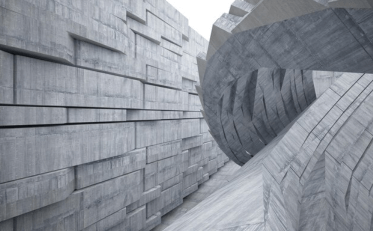Question

a.
362.969
b.
326.969
c.
326.696
d.
323.969
Posted under Surveying
Interact with the Community - Share Your Thoughts
Uncertain About the Answer? Seek Clarification Here.
Understand the Explanation? Include it Here.
Q. Calculate the correction for departure of BC, using Bowditch’s rule.
Similar Questions
Explore Relevant Multiple Choice Questions (MCQs)
Q. Among the following, the most commonly used method of balancing a traverse is_________
View solution
Q. Independent co-ordinates can be calculated by using___________
View solution
Q. Sum of interior angles must be equal to____________
View solution
Q. In order to complete traverse computations, which of the following steps is to be carried out first?
View solution
Q. Bowditch method can be applied even linear and angular measurements are not precise.
View solution
Q. Which method can also be known as Compass rule?
View solution
Q. Balancing methods can be applied only when________
View solution
Q. Which of the following method doesn’t require the calculation of latitudes and departures?
View solution
Q. Angles are less affected by the corrections applied due to the Transit method than Bowditch’s method.
View solution
Q. Which of the following implies the correct set of methods employed for balancing the traverse?
View solution
Q. Let correction to latitude of any side be C, total error in latitude be, L be the latitude of that line, £L be the arithmetic sum of latitudes then what is the transit rule?
View solution
Q. Let correction to latitude of any side be C, total error in latitude be e, length of that side be l, perimeter of traverse be p. Then what is bowditch’s rule?
View solution
Q. Which of the following methods are not methods of adjusting a traversing?
View solution
Q. What is the term generally applied to the operation of applying corrections to the latitudes and departures?
View solution
Q. Let e be the closing error in the bearing of last line of a closed traverse having No sides. Then what is the correction for the last line?
View solution
Q. Let e be the closing error in the bearing of last line of a closed traverse having No sides. Then what is the correction for the third line?
View solution
Q. Let e be the closing error in the bearing of last line of a closed traverse having No sides. Then what is the correction for second line?
View solution
Q. Let e be the closing error in the bearing of the last line of a closed traverse having No sides. Then what is the correction for first line?
View solution
Q. In a closed transverse, the sum of interior angles should be equal to (2N – 4) right angles. Otherwise, the error occurred termed as ____
View solution
Q. The term used for the ratio of error of closure to a perimeter of transverse is the relative error of closure.
View solution
Recommended Subjects
Are you eager to expand your knowledge beyond Surveying? We've handpicked a range of related categories that you might find intriguing.
Click on the categories below to discover a wealth of MCQs and enrich your understanding of various subjects. Happy exploring!








